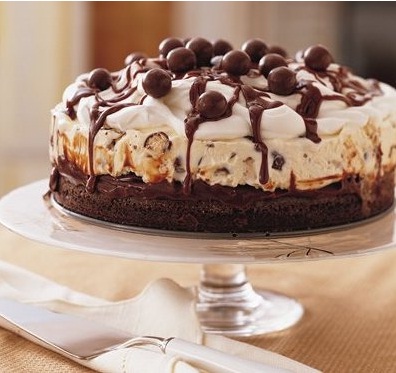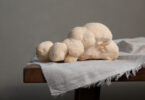Can vowel sounds really tell you how something tastes?
As it turns out when it comes to food the phrase, “It sounds heavy,” is actually true. It’s called sound symbolism, where vowel sounds generate how we may think about a name. For instance dessert items such as “butterscotch” or “bread pudding” sound particularly rich and that’s because they contain what are called back vowels, the letters “O” and “U.” In many languages like Spanish or Italian, front vowels like “E” and “I” indicate a small thing like “teeny weeny” or in Spanish the word “poquito” meaning “little.”
The theory known as Frequency Code, denotes that front vowels have a higher pitch, and we have identified them with small things. Food manufacturers have taken the theory seriously. According to Dan Jurafsky, a linguistics professor at Stanford University, ice cream companies have used back vowels in naming some of their most sinful flavors like rocky road, brownie fudge, mocha cappuccino. It makes sense why sorbet sounds much lighter and fresher, doesn’t it?
Interestingly enough, lighter snack foods are using front vowels in their names to conjure guilt-free, low-fat feelings for consumers. Just listen how the names Triscuit and Ritz roll off your tongue. So, the next time you’re choosing what to eat you may want to use the Frequency Code to help make your decision.


